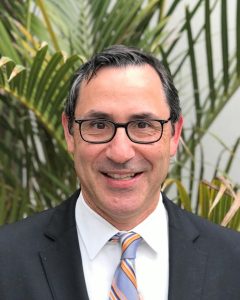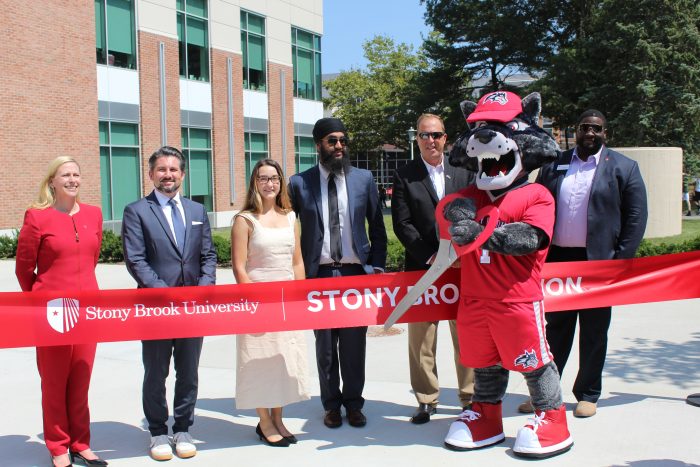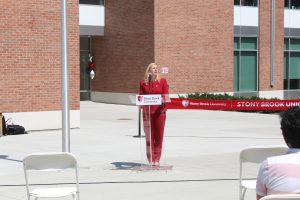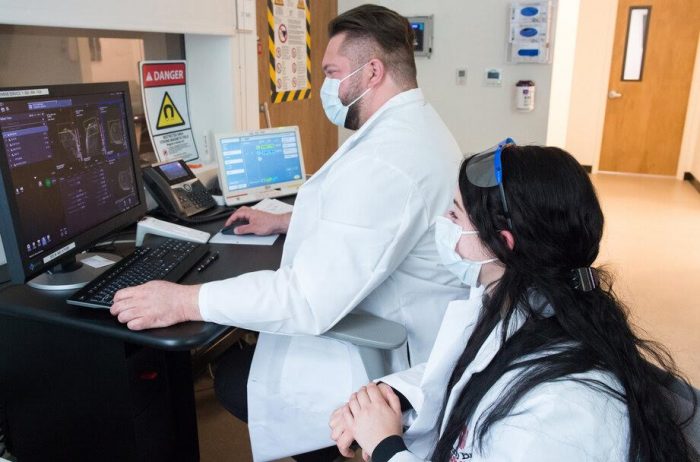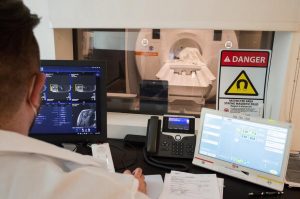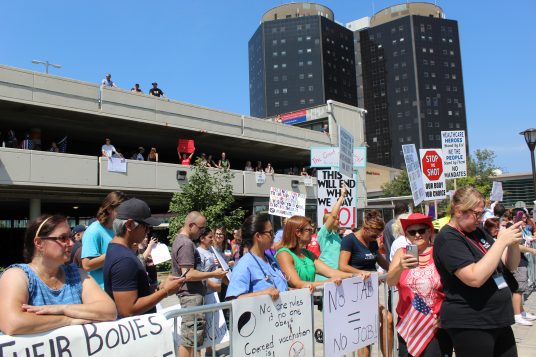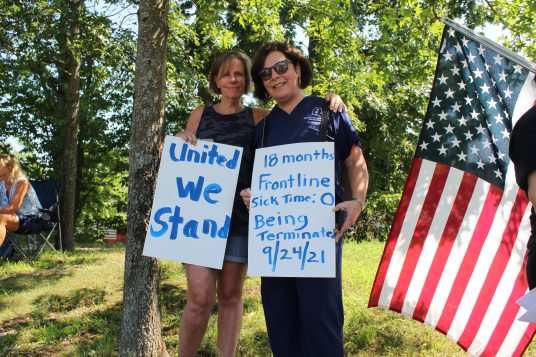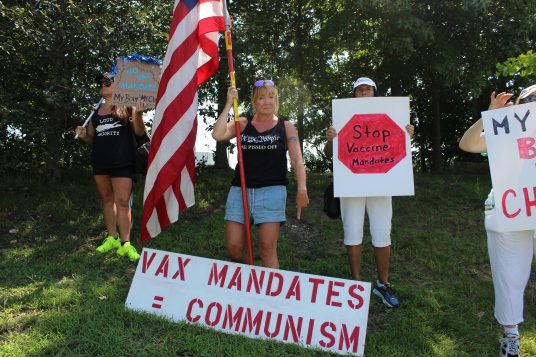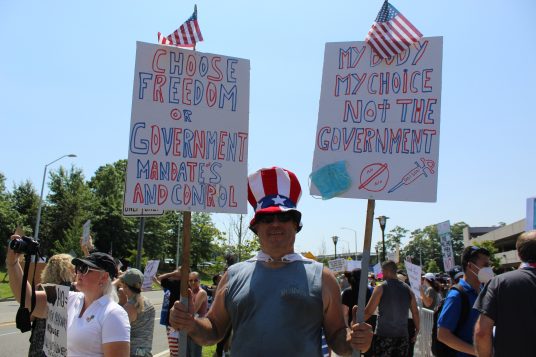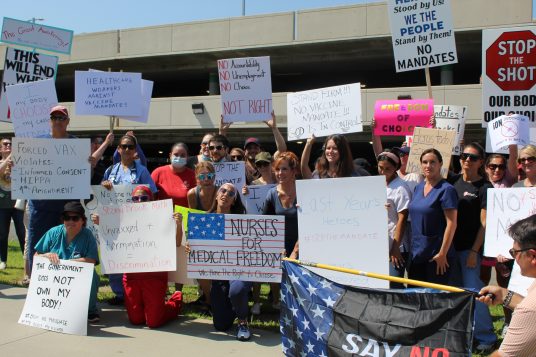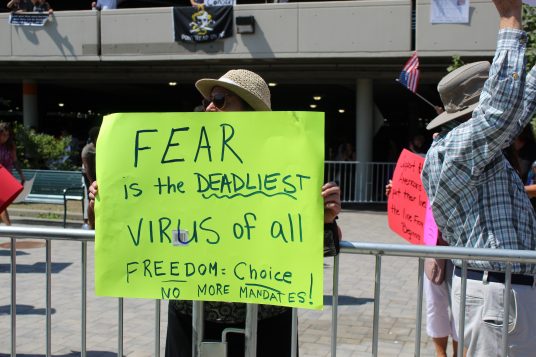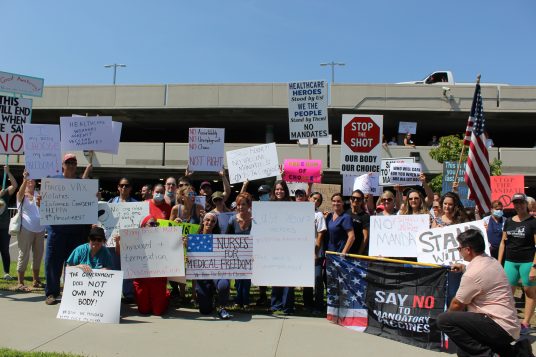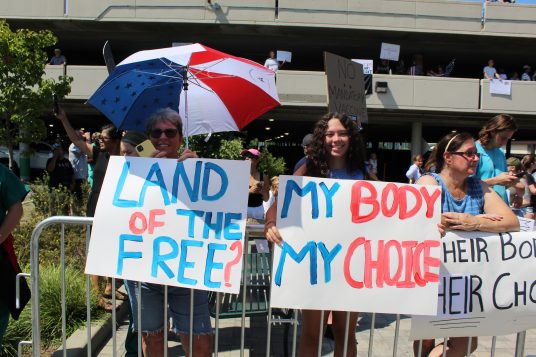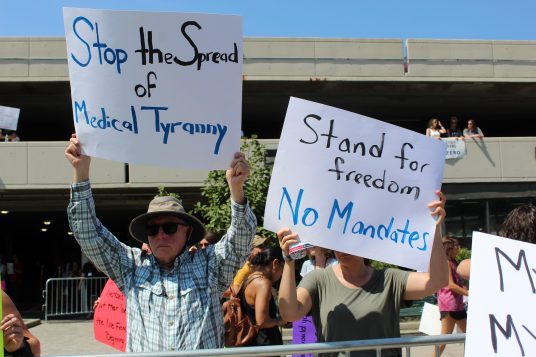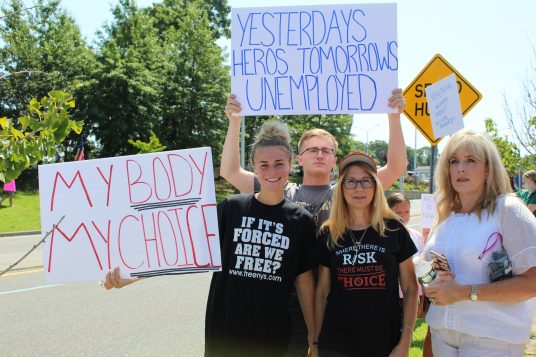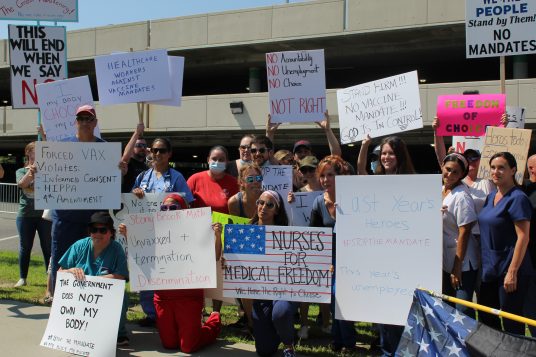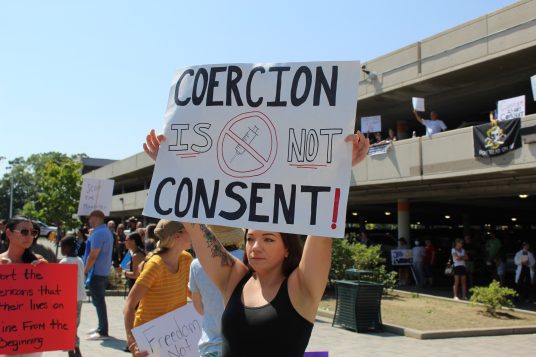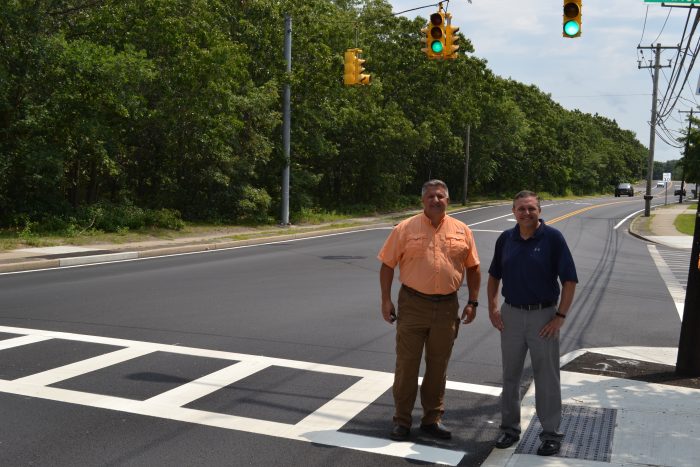By Leah S. Dunaief

Rarely do I sort the jumbled contents of my drawers. With a burst of energy, I did just that the other day, and I was rewarded with an archaeological find. There, toward the back, where I had clearly put it for safekeeping, was a $25 United States Saving Bond that had been given to my husband in 1950.
Curiously, it happened to be exactly on the day and month of our second son’s birth many years later. But I digress.
Back to the matter of the bond. What to do with this bit of Series E antiquity?
First thought was to bring it to my friendly banker, who searched for the serial number on the web and found it was worth $147 and change today. OK, not too bad, since it originally cost $18.75. At least the gift has kept up with inflation.
Next were the requirements for cashing the bond. That has proven not to be so simple for a couple of reasons. First, there is another name listed as the recipient on the front. It is that of his mother. The name on the face of the paper reads this way: that of my husband OR that of his mother. Whoever gave him the bond probably thought it was a good idea to have the parent involved as a backup. After all, my husband was just a teenager then. So, not only do I have to supply key information about my husband, like social security number and death certificate. I also have to produce the names of my mother-in-law’s parents, the county in which she died, her last residence, along with her social security number and her date of death in order to get her death certificate. Well, that’s not happening. At least not without some huge sleuthing.
At this point, kudos to my banker, who will not give up. And we do have a couple of lucky breaks here. She was born in the United States, so presumably, a death certificate can be found. Further, one of my husband’s siblings and his wife thankfully are still alive, with both retaining every single brain cell. They could tell me where she lived and her parents’ last name. They had no idea of her social security number, nor could they recall where she died. My daughter-in-law, called in to help, was able to use the internet and found her date of death.
Another kink in the thread is that the last name of both is misspelled, with an extra ‘f’ on the end. The gifter did not know their correct spelling. My brother-in-law assured me she did not spell their name that way. I don’t know how much of an obstacle that will be in this age of computer exactness.
The biggest challenge remaining is to determine in which county she died. She lived in Queens, she may have died in a Manhattan hospital, or she may have been living in an adult home in Nassau County, near her daughter, at the time of her death. I will be paying $23 and some change in order to file for a search of that elusive certificate. Perhaps I will have to do that three times.
This is not about money now. I know both those people listed on the bond would want to be made whole lo these 71 years later. I owe it to them to continue the search. Besides, as my banker explained, this is the first such conundrum he has been presented with, and he will learn from it and know how to deal with the next one.
For my part, I will consider any money I should ultimately receive, as the 1936 Bing Crosby song goes, pennies from heaven.







 The festival has run annually on the grounds of Gallery North and along North Country Road since they first opened in 1965. With last year’s event scaled back to Maker’s Markets throughout the month of September for safety reasons, gallery director Ned Puchner can’t wait to kick things off again.
The festival has run annually on the grounds of Gallery North and along North Country Road since they first opened in 1965. With last year’s event scaled back to Maker’s Markets throughout the month of September for safety reasons, gallery director Ned Puchner can’t wait to kick things off again.
 ENTERTAINMENT SCHEDULE
ENTERTAINMENT SCHEDULE List of Exhibitors:
List of Exhibitors:
